VAT legislation is confusing, challenging, and constantly changing. Therefore, it is crucial to understand VAT before registering your business for VAT and paying them.
While VAT involves a lot of paperwork, it allows you to claim back the VAT amount paid on business purchases and expenses. Understanding the basics or seeking professional help in deciding whether to register your business for VAT, how much to pay VAT, and others can be helpful.
This VAT guide will cover everything about VAT for SMEs in the UK, including
Table of Content
- What is VAT?
- When should I register my business for VAT?
- How to register?
- What are the different VAT rates?
- How is zero-rated and exempt from VAT different?
- Which VAT scheme to use?
- How does VAT work?
- How to reclaim VAT on purchases made before registration?
- Can I cancel my VAT registration?
- Wrapping up
What is VAT?
VAT (Value Added Tax) is a consumption tax applicable to selling goods and services in the UK. VAT applies to hiring or loaning goods to someone, selling business assets, gaining a commission, business goods used for personal reasons, items sold to staff, and ‘Non-sales’ like bartering.

When should I register my business for VAT?
VAT registration for your business doesn’t depend on the business size but on its annual turnover.
VAT registration is compulsory when annual turnover exceeds the VAT threshold level of £85,000 in the last 12 years. A sole trader or a partnership doesn’t offer VAT exemption if turnover exceeds the threshold.
Even if turnover is below the threshold, you can register for VAT voluntarily and submit your VAT returns on time. There are a couple of reasons for doing so, like
- to recover the VAT paid on start-up costs,
- have a healthier cash flow, and
- potential clients won’t recognise your annual turnover if it is lower than your competitors.
How to register?
You can register for VAT online with a Government Gateway account. Once you have a VAT online account, submit VAT returns to HMRC using compatible software.
You can also appoint an accountant or outsource the task to accounting firms to help you complete and submit the VAT returns.
After registration, you will receive a 9-digit VAT number. Include the number on every invoice you raise and on VAT returns.
It takes about a month to receive the VAT registration certificate after applying. However, you need to start accounting for VAT from the date you apply and ensure you keep all the records.
What are the different VAT rates?
There are three categories of VAT rates in the UK.
Standard rate
20% is the standard VAT rate in the UK that applies to most products sold.
For example,
You want to purchase goods for £10. But you have to pay £10 + 20% of £10, which is £10+£2 =£12.
Reduced rate
The reduced VAT rate is 5%, which applies to specific goods and services with a positive societal impact.
Zero rate
The Government allows selling specific goods and services like children’s clothes and dispensing prescriptions at zero VAT rate.
How is zero-rated and exempt from VAT different?
People confuse between zero-rated products and exempt products, but the difference lies in whether you register for VAT or not.
Businesses selling products and services exempt from VAT, like gambling, funerals, and financial services, cannot register for VAT.
In contrast, businesses selling zero-rated goods and services need to register for VAT and reclaim any VAT paid for business purposes to suppliers. However, they cannot charge consumers VAT on zero-rated products or services.
But, if your business sells zero-rated and exempt products, VAT accounting becomes difficult. You can ask accountants to help you deal with small business VAT and understand you can reclaim VAT on business expenses.
Which VAT scheme to use?
There are a few different methods of paying VAT to HMRC, like
Standard Accounting Scheme
You must submit VAT returns quarterly and pay any VAT amount you owe to HMRC.
Flat Rate Scheme
It applies to businesses with an annual turnover of less than £150,000 and is popular among small businesses and sole traders.
Annual Accounting Scheme
It is compulsory for businesses with an annual turnover of more than £1.35 million. Businesses with lower turnover can use this voluntarily too. You can submit a VAT return yearly but pay the VAT amount quarterly.
Cash Accounting Scheme
It is suitable for businesses with an annual turnover of less than £1.35 million, but you pay VAT on every sale and reclaim VAT on any purchase.
How does VAT work?
VAT is chargeable on business transactions for purchasing and selling goods and services in the UK.
For businesses, if you pay VAT on purchasing commodities, it is your input VAT. VAT-registered companies can claim their input tax on VAT returns from the HMRC.
These registered businesses can sell their products to consumers by adding VAT, which is their output VAT.
HMRC calculates the difference between the Output VAT you charge in business and the Input VAT you can reclaim from the Government.
For example,
A VAT-registered shop sells a printer cartridge for £36 (adding 20% VAT on £30 with the actual price).
- Purchase price = £30
- 20% VAT on £30 = £6 (Output VAT)
- Total selling price = £30+£6=£36
The cartridge was bought from the supplier at £12 (adding 20% VAT on £10 with the actual price).
- Cost = £10
- 20% VAT on £10 = £2 (Input VAT)
- Total cost price = £10+£2=£12
VAT payable to the HMRC is £6 (Output VAT) – £2 (input VAT) =£4
From April 2022, all VAT-registered businesses in the UK must submit VAT returns digitally.
How to reclaim VAT on purchases made before registration?
You can make VAT claims on purchases of goods and services before VAT registration.
If you made a payment on goods you own or materials to produce goods you own, then make VAT claims up to four years from the registration date.
But, services have shorter deadlines; you can reclaim VAT for services six months before the registration date.
However, ensure the VAT reclaims are applicable only for goods and services with business purposes. Reclaiming all such dues on your first return is good, and keeping all receipts, invoices, and relevant documents intact in a safety locker.
Can I cancel my VAT registration?
You can cancel the registration by informing the HMRC, under certain conditions like,
- You stop selling or producing VAT taxable supplies,
- Your VAT taxable turnover falls below £83,000
It takes almost three weeks for HMRC to confirm the cancellation for VAT, and you receive a confirmation on your VAT online account or via post.
You cannot charge VAT after the date of cancellation. However, you must keep all VAT records for six years. Plus, submit your final VAT return with records until the cancellation date, within two months, unless using a cash accounting scheme.
If the HMRC realises the cancellation is unnecessary, they will re-register your business and ask you to pay VAT.

Wrapping up
If you have good numeric skills and an understanding of VAT, small business VAT accounting is simple.
But, when a business starts growing or you have many tasks, hiring an accountant is advisable. They ensure your VAT returns are accurate, you pay the correct tax on time, and meet government regulations. A professional can simplify the whole process and complete them efficiently.

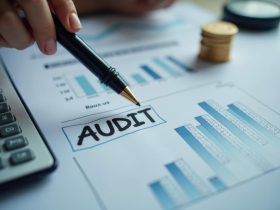
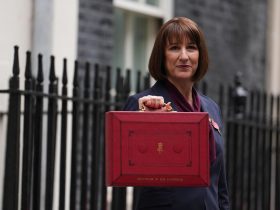


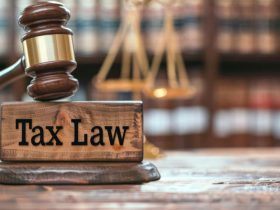

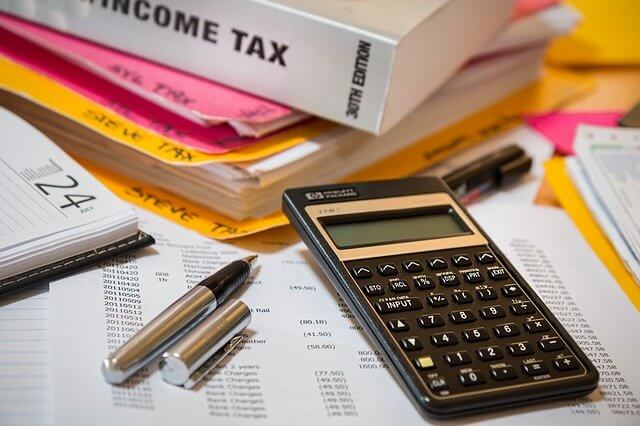
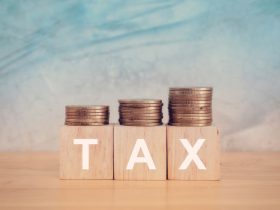

Leave a Reply